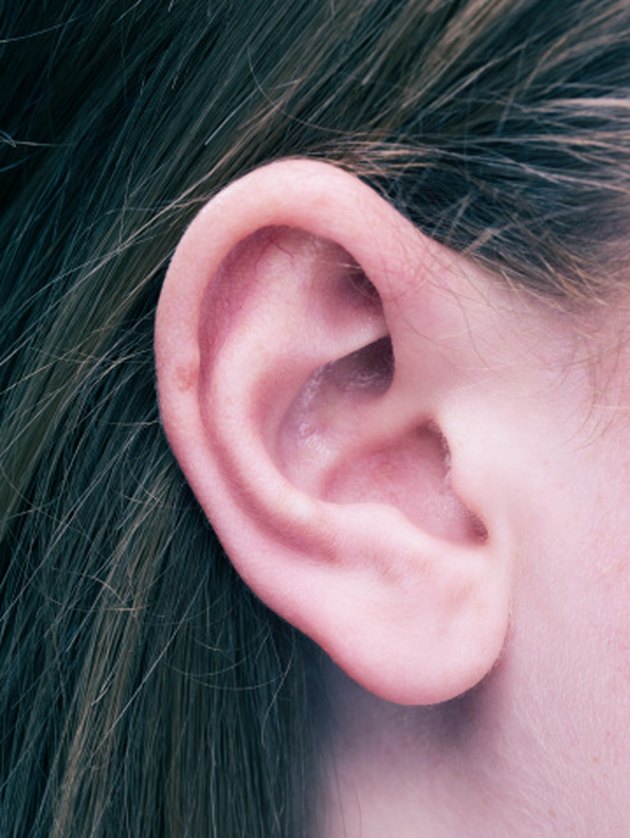

There are many ways people can prevent Eustachian tube problems associated with flying, including: Discomfort is more commonly felt as a plane lands, but can be uncomfortable at any point in a flight if the cabin pressure changes. When it descends, atmospheric pressure increases, decreasing middle ear pressure. Pressure changes occur rapidly during an airplane’s takeoff and landing procedures: when an aircraft takes off, the atmospheric pressure decreases, increasing middle ear air pressure. It is common for people who have Eustachian tube problems to have difficulty equalizing middle ear pressure when flying. Eustachian Tube Problems Related to Changes in Altitude If the Eustachian tube cannot open, a person may suffer hearing impairment, ear pain, a sensation of fullness in one or both ears, tinnitus, and other symptoms. When a person swallows or yawns, the Eustachian tube opens briefly, restoring air that has been absorbed by the middle ear lining and equalizing pressure in the ear. The middle ear is normally filled with air, allowing sound to flow through to the brain. The tubes are about an inch long, and the narrowest part is the end that connects to the middle ear. There is one Eustachian tube in each ear, connecting the middle ear to the back of the throat. This valve is called the Eustachian tube. The inner ear is sensitive to pressure changes and requires a valve that can open and close to equalize air and fluid imbalances. But if someone experiences a blockage in the ear, that delicate system is at best interrupted, and at worst, thrown into chaos. In fact, the part of the ear that we can see is just the tip of the iceberg-a complex system that begins with a sound and ends as a perception in the brain. We rely on our ears to hear the tiniest of noises, but most of the time we don’t give these hardworking body parts much thought.


 0 kommentar(er)
0 kommentar(er)
